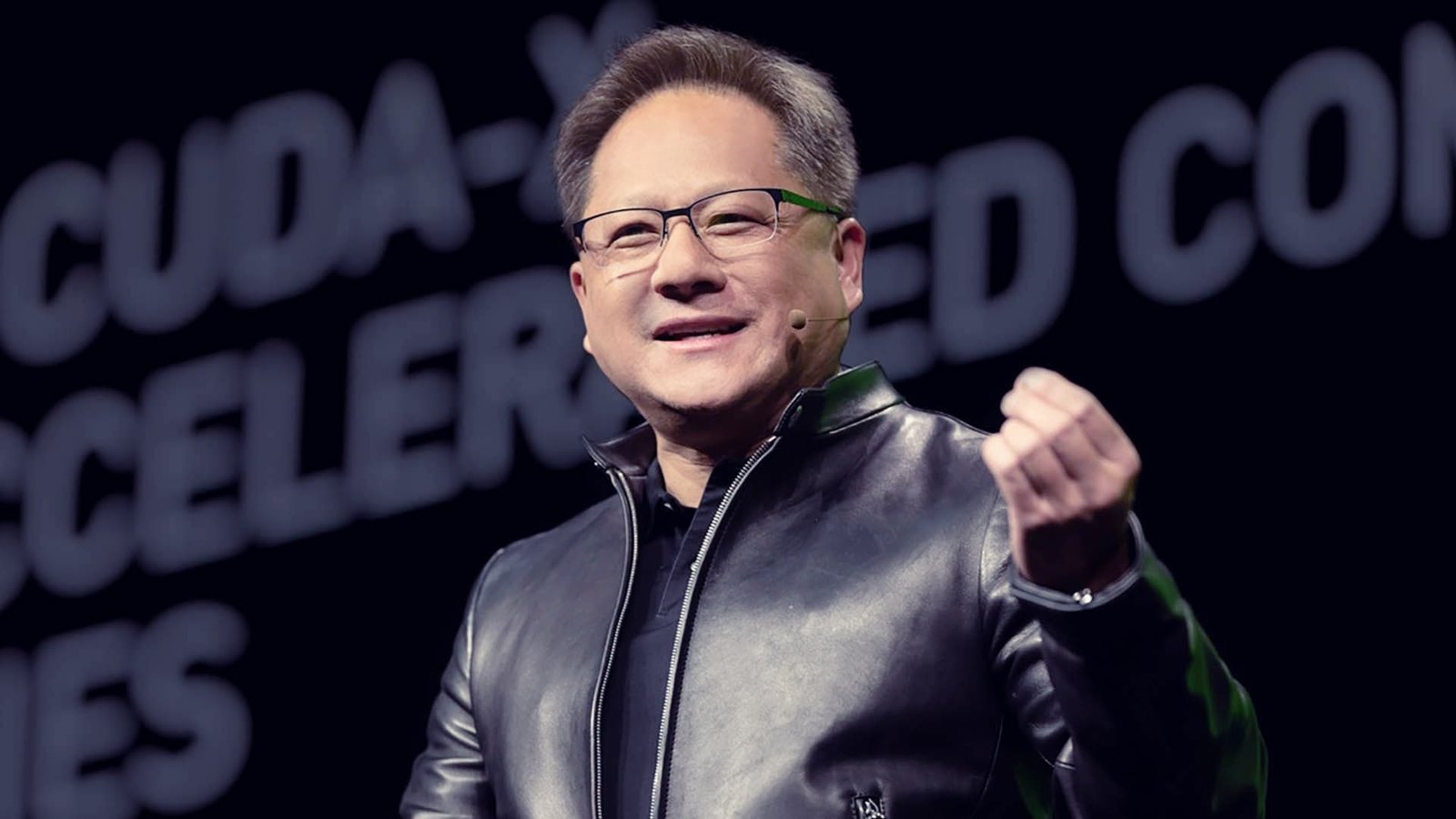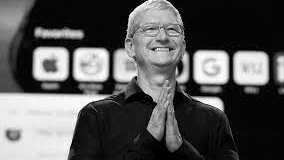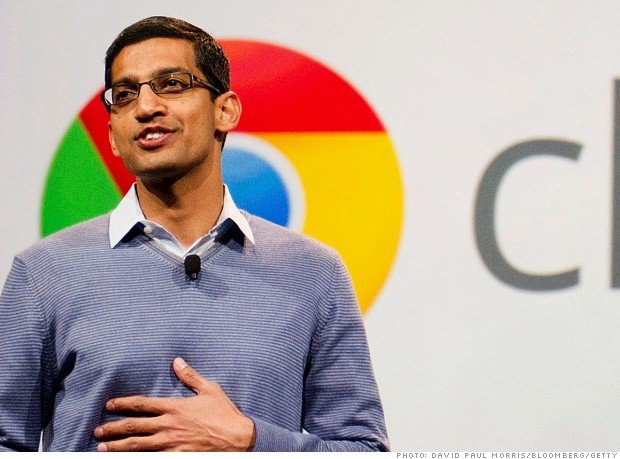Tim Cook, the CEO of Apple leads in a different way, get to know him in this article.
Tim Cook assumed he was ready for the harsh spotlight that shines on the CEO of Apple. After all, he had replaced Jobs three times during the founder of Apple’s medical leaves.
Cook finally became the company’s chief executive six weeks before Jobs’s death, in October 2011.
What Cook discovered instead was that there is no preparation for the scrutiny that comes with succeeding a legend. “I have thick skin,” he says, “but it got thicker. What I learned after Steve’s death, what I only knew at a theoretical level, maybe an academic level, was that he was an incredible heat shield for us, his executive team.
Probably none of us appreciated that enough because it wasn’t something we were obsessed with.
We were obsessed with our products and with management of the business. But he really took any kind of spears that were thrown.
He also took the praise. But to be honest, the intensity was more than I ever would have expected.
Cook’s reflection on his trial by fire comes at a triumphant moment.
On this sunny Sunday in March, he is taking a breather from rehearsals for the next day’s event in which he will reveal the details of the Apple Watch, the first completely new device of his tenure as chief executive.
Sitting under a canopy at an outdoor café in San Francisco, steps away from the auditorium where Apple will present that product-launch spectacle, 54-year-old Cook snacks on small bites as he reflects on the three and a half years he has led Apple.
He has heard the repeated refrains that “Apple can’t innovate with Tim,” that the company needed a low-cost iPhone to curb Google’s Android momentum, that Cook never could replicate Jobs’s magic and therefore that Apple would never again be “insanely great.”
Cook learned—just he says—how to block out the noise.







